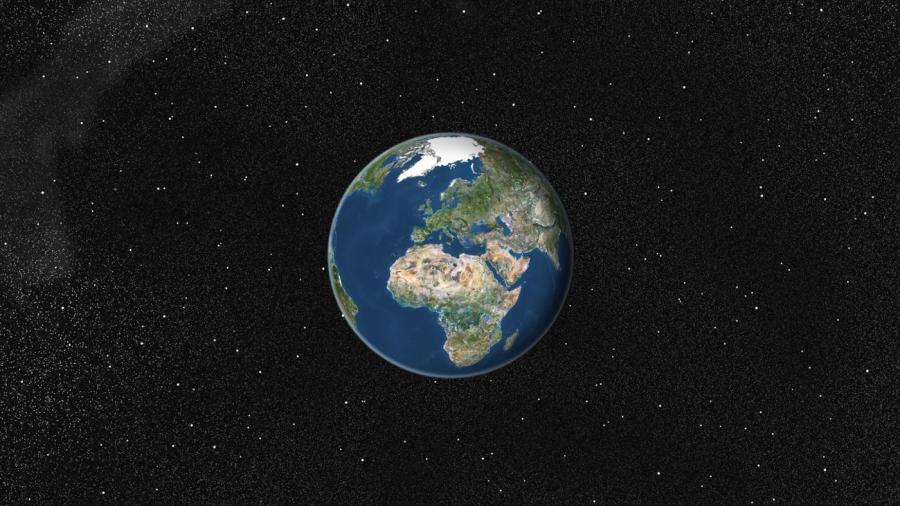Why Are There Four Seasons?

The reason there are four seasons is that the earth is tilted 23.5 degrees on its axis. For half the year, this tilt causes one half of the earth to tilt toward the sun while the other half tilts away. This changes every six months, creating the seasons.
More energy from the sun hits the earth when that half of the earth is tilted toward the sun. This causes that hemisphere to warm and the other hemisphere to cool because it receives less energy. The earth’s tilted axis also explains why summer days are longer than winter days. The Summer solstice is the longest day of the year and occurs when a hemisphere reaches its closest tilt toward the sun. When the hemisphere tilts to its furthermost point away from the sun, the Winter solstice occurs, and it is the shortest day of the year. At two points during the year, the hemispheres receive an equal amount of energy. This occurs on the Spring and Autumnal equinoxes. On these days, each hemisphere has the same length of day and night.
The distance between the earth and sun also plays a role in how intense the seasons are. In the Southern hemisphere, summer occurs when the earth is closest to the sun, making the summer in the Southern hemisphere more severe.





